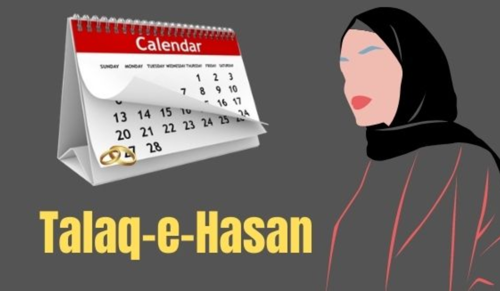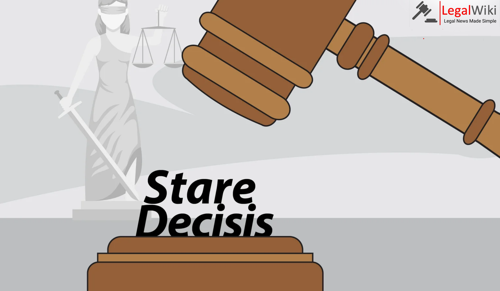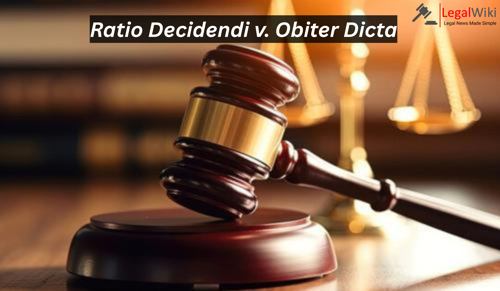The doctrine of stare decisis is a foundational principle in common law, meaning "to stand by things decided." It requires courts to follow legal precedents set by higher courts in previous cases with similar facts.
This ensures consistency, stability, and predictability in the legal system. In India, Article 141 of the Constitution makes Supreme Court decisions binding on all lower courts.
However, courts may depart from precedent if it is outdated or wrongly decided.
While stare decisis promotes judicial discipline, it also allows flexibility where justice demands a fresh interpretation of the law in changing social or legal contexts.
















